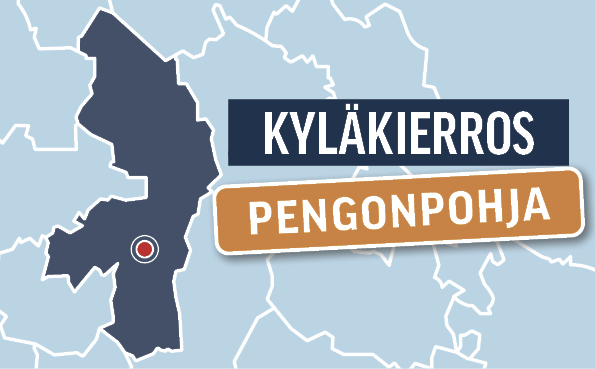Food shopping is an art and requires stamina and good eyesight. The market shelves groan under the load of produce from several sources. As well as all the traditional meat and fish choices there are now an increasing variety of meat substitutes made of Finnish grains, pulses and milk to compete with the soya products which have been around for a long time to supply the vegetarians’ requirements.
I’m really pleased that the home producers have woken up to their possibilities to compete with the ubiquitous soya! These products are now adding to the choice on the supermarket shelves, so those of us who want to try out new tastes and support the domestic producers whose imagination, skills and hard work have brought these to our lives, spend even more time trying to decide what to eat today and for the rest of the week.
For some time, we’ve been told how much of the environmental resources is used to grow animals for human food, how much fodder has to be grown for them when the same space could be used to grow food for humans, how much pollution they and their husbandry release into the air, ground and water.
Looking at the supermarket shelves you cannot help wondering if it’s really necessary to have so much choice of the same thing but, on the other hand, each of those packets has provided work for somebody along the production line and we certainly don’t need any more unemployment.
Somehow, the food production structure would have to be changed in order to preserve employment while animal husbandry is changed to growing more vegetables. While it’s nice to be able to buy exotic fruit and vegetables whenever we want, it is important that the supply of basic domestic food stuffs is kept up.
One aspect of this change in our future eating habits has exercised my thoughts for a long time: if we all become vegetarians, what will happen to the animals currently grown to provide tasty meals for our table? Will the cows, pigs, sheep, chickens etc. disappear completely or become rare attractions on special farms where children can go to look at them, like pandas or lions at the zoo?
Will they be preserved as items of DNA in some central species bank? If so, for what or for whom? The fundamental change in our eating habits from animal to vegetable would take a long time and probably will never become complete but the whole process needs to be thought about by everybody, including vegans, vegetarians and animal rights activists.
The changing climate will pose challenges to the food production, both animal and vegetable. We don’t know for certain whether the conditions in future will be generally drier and hotter or if we are heading for a new ice age. t’s possible that one will follow the other. We shan’t be here to witness it, but some creative thinking and guesswork could be applied to prepare ground for our continued existence as a species.
I’m sure the agile brains that created the technologies currently at everybody’s reach will be able to visualise ways to produce stable nutritional supplies for the future populations while trying to preserve the ecosystems in the challenging conditions. It is sad to think that the future generations may not be able to pick berries and mushrooms in the wild.
There is the school of thought that looks forward to growing grapes and oranges in the Northern Europe. Several years ago, I read about a farmer on the southern coast of England who had planted olive trees and expected them to mature by the time the climate became suitable for them to bear fruit. That is such a brave effort that I hope he succeeds!
A new book has been published recounting all the previous climate changes we’ve had to cope with through our history and the events they precipitated, like the mass movement of populations into more habitable areas.
The central lesson seems to be that, while we have surmounted the cataclysms in the long term, for several generations the period of change and movement meant great suffering and death. History teaches us a lot but in these times of instant communication and quarterly financial reporting there seems to be little time to study those lessons.
Paul Dockree




